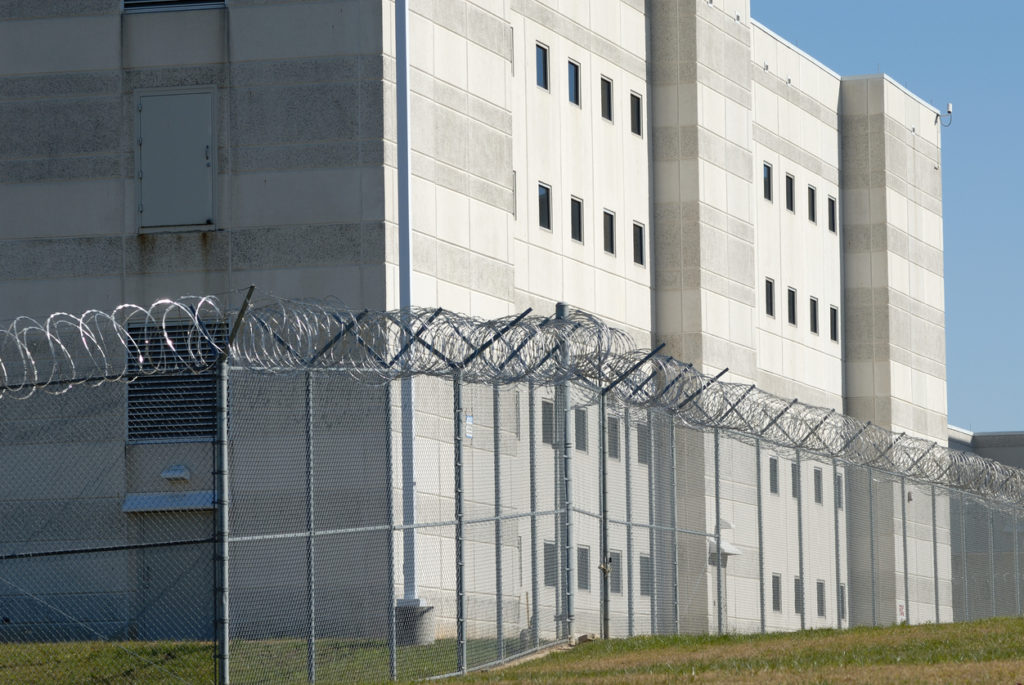Jail Abuse Attorney – A Texas County Jail Violates Restraint Chair Standards -Pt. 1

Restraint chairs are among the methods approved by the Texas Commission on Jail Standards (TCJS) for restraining potentially dangerous inmates in order to prevent harm. These devices are controversial because research indicates that inmates are prone to suffer abuse while completely immobilized in the devices. In addition, custodial deaths have occurred as a result of being in a restraint chair in detention facilities throughout the country. Considering the risks, it may be considered alarming that a Texas county jail was recently found non-compliant with regard to the use of a restraint chair.
Health risks are associated with restraints of all types. In fact, Texas minimum jail standards on restraints are found under the section on health care guidelines in Texas jails. The following are among the requirements for using restraints:
- The least constrictive type of mechanical restraint device that is appropriate to any particular situation is that type that must be used. Therefore, restraint chairs are appropriate only in extreme circumstances.
- Restraint chairs must be used in a humane manner.
- Restraint chairs must not be used as a form of punishment.
- No alterations can be made to restraint chairs, which must be produced by manufacturers approved by TCJS.
- The blood circulation of an adult inmate in a restraint chair is required to be checked every quarter-hour.
- Juvenile detainees in Texas can also be placed in a restraint chair to prevent self-injury as well as potential harm to others. The requirement for face-to-face observations of juveniles in a restraint chair is that they must be made every 10 minutes.
See this ongoing series to learn details of Texas jails in non-compliance in connection with restraint chairs.
This site’s posts are meant as a helpful resource for inmates in Texas. It is never intended to infer that misdeeds have occurred on the part of an institution or person.
–Guest Contributor
